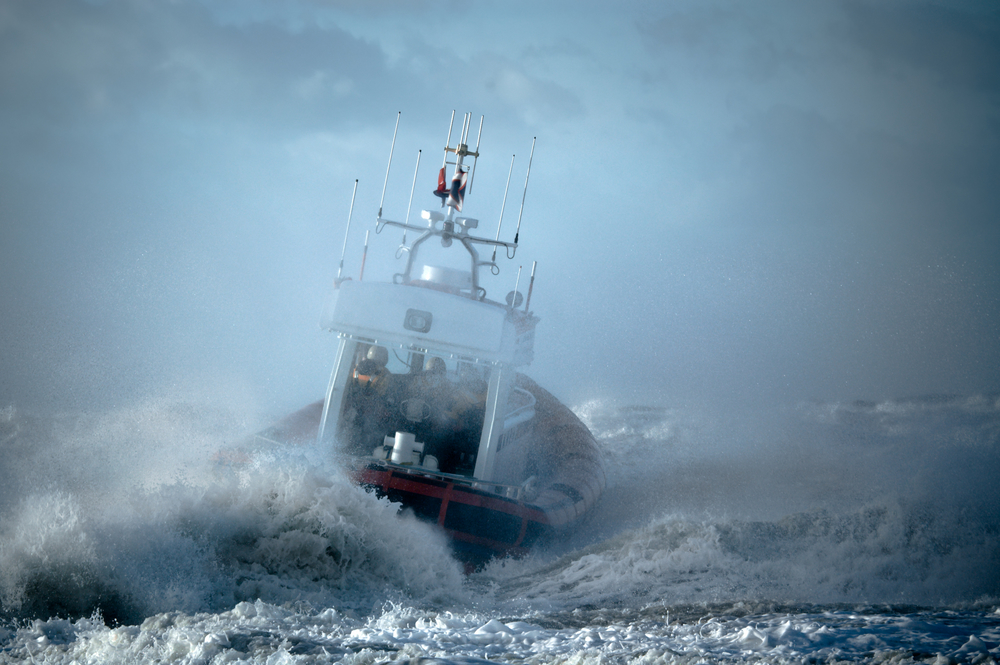Last month, I had the opportunity to attend AFCEA West in San Diego, CA. This annual event brings together industry leaders and experts with senior decision makers from the United States military to discuss the largest challenges facing our armed services, and how new technologies and industry best practices can help resolve them.
Although the content at AFCEA West is applicable to all of the military, the event is heavily attended and focused on those in the “sea service” branches of the military – including the Navy, Marine Corps, Military Sealift Command and Coast Guard. In fact, I would call AFCEA West the premier sea service conference on the west coast – and possibly in the country.
Although not specifically satellite communications (SATCOM) focused, I’m always excited to attend AFCEA West because SATCOM is so essential to the missions of these sea service military organizations. SATCOM is their life-line, connecting them back to decision makers at home. Based on discussions at this year’s event, its role is only becoming more essential as the nature of warfare changes.
Why satellite for the sea services?
The Navy and the other sea services have a unique challenge that the other branches of the military don’t face. At sea, they have limitations which prevent them from communicating in the same manner as their counterparts in other services.
It’s for this reason that satellite has become so essential for the sea services. Communicating mission essential data and information to and from at sea platforms means sending it via satellite.
This is especially true in regions where sea services are providing support for critically important, national level missions – in the littoral regions in Southwest Asia, Africa and the western Pacific. Some of these regions are literally on the opposite side of the globe, making satellite connectivity all the more essential.
More connected means more bandwidth
Today’s warfighter is more connected and more reliant on information technology (IT) services and capabilities than ever before. The same can be said for ships at sea. The same IT services and capabilities that are available to U.S. service personnel on land are expected at sea, and those IT services, and capabilities are increasingly hosted in the cloud and require high bandwidth connections to run effectively.
At the same time, the nature and format of Intelligence, Surveillance and Reconnaissance (ISR) data has changed and evolved. Today’s advanced sensors, Unmanned Aerial System (UAS) platforms and other sources of intelligence are generating higher resolution, high definition (HD), and sometimes streaming video. They’re also generating more data than the military can effectively and efficiently process, exploit and disseminate.
All told, the military is generating countless terabytes of data each day. With large files and an embarrassment of data riches being shared across the military, the need for high bandwidth connections to platforms becomes increasingly essential.
There is always the need to increase efficiency and operate more effectively. One of the ways that the sea services have identified to accomplish this is to share resources across multiple ships.
Take medical personnel as an example. Having a team of doctors aboard each ship means having one team for each ship at sea. Instead, if video teleconferencing (VTC) was utilized in telemedicine installations aboard each ship, a single team of specialists and other medical personnel could be shared – cutting costs and helping increase efficiency.
To accomplish IT implementations such as this, however, high bandwidth and low latency connections are required. Luckily, these connections are available and starting to see adoption across the military.
MEO HTS steals the show
The isolated nature of the sea services and their increasing reliance on IT capabilities and applications make satellite essential. But, traditional GEO satellite constellations could struggle to affordably deliver the throughputs necessary to run these advanced applications.
That’s why advanced Medium Earth Orbit (MEO) High Throughput Satellites (HTS) was the topic of so many of my discussions at AFCEA West this year.
The decision makers and senior leaders of the sea services understand they need higher throughputs and lower latencies to meet warfighting applications with demanding bandwidth requirements, including delivering large-file transfers, streaming HD videos, video teleconferencing, and many others. MEO HTS managed services are satellite solutions that can deliver it for them.
The conversations that I had at this year’s AFCEA West are indicative of a larger trend we’re seeing across the military – a reliance on higher throughputs, lower latency solutions provided in a cost-effective managed service. Although we’ve not – yet – delivered this type of service to any of the U.S. sea services, their demand for greater capacity will eventually lead them to a MEO solution. SES Space and Defense is ready to support and deliver!
